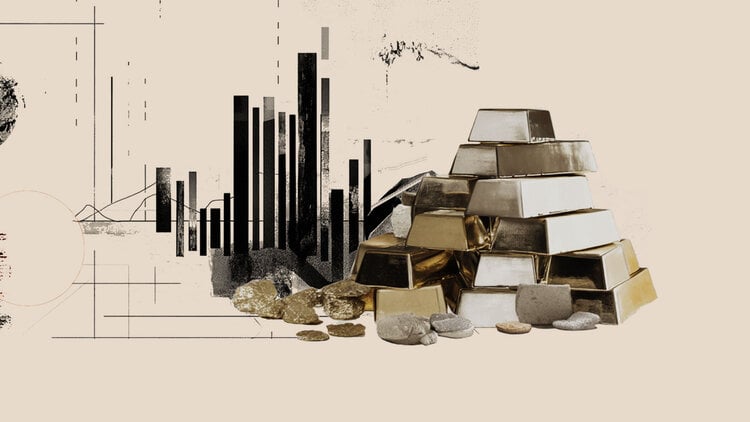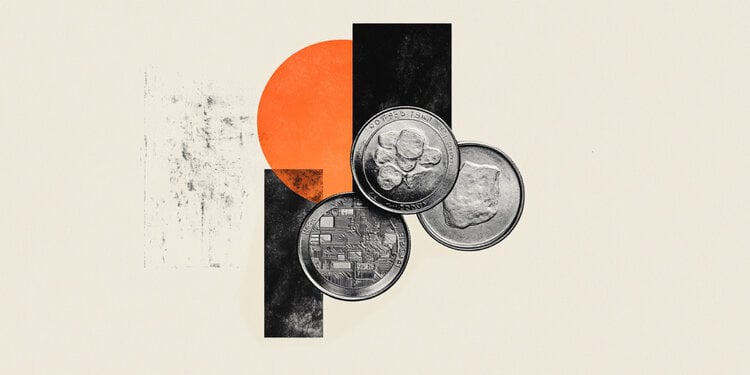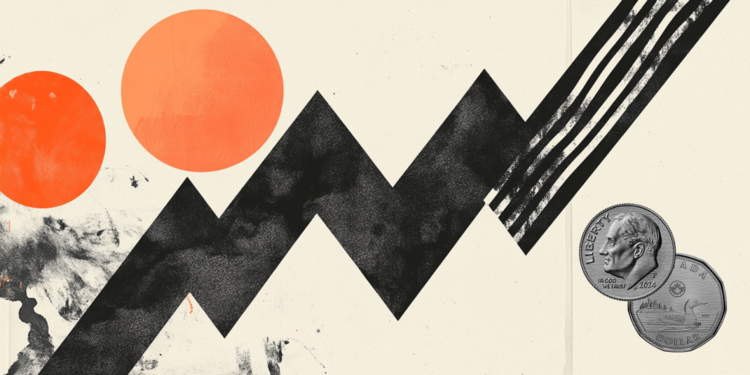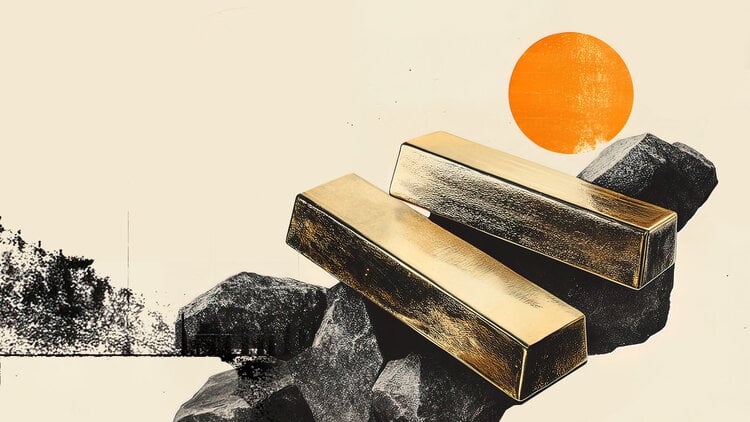Testosterone — known as the primary male sex hormone — plays a vital role in men’s health and well-being.
Therefore, it has a significant influence on a variety of bodily functions: sexual development, muscle mass, mood and even cardiovascular health.
Next, understand more about what testosterone is, what can cause this hormone to drop and how it can be increased naturally.
What is testosterone and what is it for?
Testosterone is a steroid hormone produced mainly in the testicles of men and, in smaller quantities, in the ovaries of women and in the adrenal glands of both sexes.
It is known as the main male sex hormone. Among its main functions, according to experts, are:
- Sexual development : during puberty, the hormone is responsible for the development of male secondary sexual characteristics, such as the growth of facial and body hair, the deepening of the voice, the increase in muscle mass and the growth of sexual organs;
- Libido regulation: it is linked to libido and sexual desire in both men and women. Healthy levels are important for proper sexual function;
- Maintenance of muscle and bone mass : The hormone helps promote the growth and maintenance of lean muscle mass. Additionally, it contributes to bone density, which is important for preventing osteoporosis and other bone conditions;
- Mood regulation : can influence mood, energy and motivation. Low levels have been linked to depression and fatigue;
- Red blood cell production : the hormone stimulates the production of red blood cells in the bone marrow, which is important for adequate tissue oxygenation;
- Regulation of metabolism : It influences metabolism, affecting fat storage and blood sugar regulation.
Female vs. male testosterone
The hormone testosterone is present in both sexes, although it is often associated with men due to its predominant role in male sexual characteristics.
However, both men and women have the hormone in their bodies, albeit in different amounts.
Men have significantly higher levels of the hormone compared to women. During puberty, levels increase considerably and remain relatively stable into adulthood.
Most of female testosterone is produced in the ovaries and adrenal glands. Furthermore, levels in women vary throughout the menstrual cycle, being highest in the pre-ovulatory phase.
The hormone influences male secondary sexual characteristics, such as the growth of facial and body hair, a deeper voice, increased muscle mass, erectile function and sperm production.
Even though at fewer levels, it is also important for women: it contributes to libido, bone health, maintenance of muscle mass and mood regulation.
What are the symptoms of low testosterone?
Testosterone deficiency syndrome (TOS) is a very common clinical and biochemical entity, affecting approximately 2-5% of men over 40 years of age, according to this article published in Spanish Urological Acts.
Also known as hypogonadism, it can manifest a variety of symptoms in men.
It is important to remember that these symptoms can be caused by various medical conditions, and the presence of some of them does not necessarily indicate a hormone deficiency.
Some of the main symptoms, according to the study, are:
- Fatigue and lack of energy : one of the most common complaints is the persistent feeling of tiredness, even after adequate sleep;
- Decreased libido : Reduced sexual desire is a common symptom of deficiency. This may include a decrease in interest in sex and difficulty maintaining erections;
- Erectile dysfunction : Men with low levels may experience difficulty getting or maintaining an erection during sexual activity;
- Decrease in muscle mass : as the hormone plays a role in maintaining muscle mass, therefore deficiency can lead to loss of muscle and strength;
- Increased body fat: low levels may be associated with the accumulation of body fat, especially around the abdominal area;
- Mood changes : This symptom can include symptoms of depression, irritability, anxiety, and low self-esteem.
Diagnosis and treatment should always be carried out by a qualified healthcare professional.
What causes this hormone to drop in the body?
Dropping levels in the body can be caused by a variety of factors and medical conditions.
Some of the main contributors, in general, include the natural aging process, specific medical conditions, testing injuries or surgeries, use of certain medications, chronic diseases such as diabetes and obesity, among others.
Studies show that the average 80-year-old man will have about 50% less of the hormone than when he was young.
However, a recent study conducted by the State University of Feira de Santana (UEFS), in Bahia, discovered a strong relationship between obesity and testosterone deficiency in men.
“Historically, the decline is attributed to aging. (…) [No nosso estudo] the age of men with and without disabilities was the same”, explains urologist José Bessa Junior, research coordinator.
“What caught our attention was that obesity was strongly associated with falling levels in any age group. Obese men, with a waistline greater than 110 cm, are five times more likely to have this deficiency than thin men”, he adds.
Know the symptoms of high testosterone

High testosterone, or hyperandrogenism, occurs when levels in the body, especially in women, are abnormally high.
This can be caused by a variety of reasons, including hormonal disorders, tumors, medications, and other medical conditions.
Although it can happen in both sexes, it is easier to notice in women, as they develop characteristics that are not as high in quantity as in men.
For example, excessive body hair growth can occur, especially in areas where men normally have hair, such as the face, chest, abdomen and back. This may be one of the most obvious symptoms of hyperandrogenism in women.
Increased levels can also lead to the development of acne, which can be more severe than usual. Skin and hair can become more oily due to increased sebum production.
Women with high testosterone may experience irregular menstrual cycles, amenorrhea (absence of periods), or very light periods.
Although it is more common for the hormone to promote increased muscle mass in men, in women, increased levels can contribute to an unwanted increase in muscle mass.
Another aspect is that high testosterone can interfere with ovulation and fertility in women, in addition to increasing libido as well.
The risks of using testosterone to gain muscle mass
The Federal Council of Medicine (CFM) prohibits the prescription of hormonal therapy and anabolic steroids for purely aesthetic purposes.
This restriction is based on several reasons. Among them, the lack of high-quality clinical studies that clearly demonstrate the extent of the risks associated with the use of these substances in men and women stands out.
Furthermore, there is no scientific consensus regarding the need for testosterone hormone therapy for women.
“Testosterone derivatives have emerged and should be used to treat properly diagnosed health problems, according to clinical parameters and complementary methods”, says urologist Dimas Lemos Antunes.
“When the attending physician thinks about prescribing this therapy, he takes into account a series of factors — presence of contraindications, dose, route of administration, dose interval. All with the aim of improving the quality of life of his patients”, he explains.
Hormone supplementation is essentially reserved for individuals who have a deficiency of this hormone due to inadequate production by the body itself.
In other words, it is essential that there is a real deficiency to be addressed. If this is not the case, some of the side effects of off-label use are:
- Heart attack and stroke;
- Infertility and erectile dysfunction;
- Breast enlargement and testicle reduction.
How to increase testosterone naturally?

In addition to hormone therapy, there are also some ways to increase testosterone naturally.
Healthy eating, regular physical activity and quality sleep are the main ways to increase testosterone.
See below.
Have a healthy and balanced diet
Experts recommend a diet rich in nutrients, including lean proteins, healthy fats, fiber, vitamins and minerals. It’s also important to have high-quality protein sources such as lean meat, fish, eggs, dairy and legumes.
Healthy fats are welcome, such as those found in avocados, nuts, seeds and olive oil.
Cutting out excessive consumption of sugar and processed foods, which can contribute to weight gain and hormone reduction, is important.
Do physical activities regularly
Regular exercise, especially resistance training such as weight training, can help increase levels of the hormone.
Health professionals also recommend avoiding excessive long-term aerobic exercise, as it can lead to an increase in cortisol, related to stress, and this can reduce testosterone specifically.
Invest in a good night’s sleep
Lack of sleep can lead to lower levels of the hormone, so aiming for 7 to 9 hours of sleep per night is essential. Prioritizing quality sleep and a consistent sleep routine can help boost the hormone.
In addition to sleep, stress management such as meditation, yoga, deep breathing and progressive muscle relaxation can be interesting.
Chronic stress can increase cortisol levels, which can inhibit production of the hormone.
Source: CNN Brasil
I am an experienced journalist and writer with a career in the news industry. My focus is on covering Top News stories for World Stock Market, where I provide comprehensive analysis and commentary on markets around the world. I have expertise in writing both long-form articles and shorter pieces that deliver timely, relevant updates to readers.







